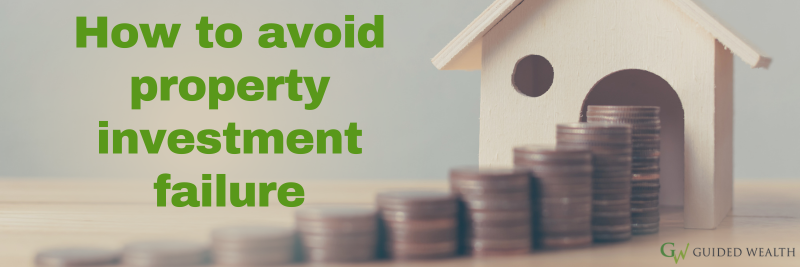How to avoid property investment failure
There is an old saying that no investment is as safe as a bricks and mortar investment, but is that really the case or is it something that we just like to believe, spurred on by what appears to be the never-ending increase in property prices?
While it’s easy to think investing in residential property is a fail-safe way to make money, there are endless traps for anyone hoping to get rich quick by buying into property.
Most economists believe the steady price rise in Australian housing during the past two decades is due only to two factors.
The first is the deregulation of the Australian banking sector which has allowed more banks to lend more money to more Australians to buy a house.
At the same time, interest rates have been at historically low levels and these two factors combined, has meant that come auction day, Australians have just been able to offer more for houses that are up from sale.
However, this apparent endless price rise, has given Australians an incorrect belief that it is impossible to go wrong investing in residential property.
So, what are the key mistakes investors make when investing in property?
1. One + One = Two
The most common mistake is potential investors simply don’t do the numbers before they buy. They assume that even if you lose money on a month to month basis, the eventual capital gains will easily offset this loss. Maybe that will happen, but what if it doesn’t?
How much money will you lose if the rent doesn’t cover the outgoings on the property while you own it? And how much capital growth do you need to achieve after tax to make a profit?
2. Did you ask your accountant?
It’s also imperative to get good advice from the outset. If you are investing in property to minimise your overall tax bill, then its important you have a tax agent walk you through the key numbers.
If you are simply trying to minimise your tax bill, you might consider buying a new house or apartment, where you can potentially claim a raft of non-cash depreciation charges, which in turn may significantly boost your tax deductions, and with it, the likely financial success of the investment.
3. Do you need that much?
It’s easy to get carried away and borrow more money than you can comfortably afford. You might start off by thinking you are happy with a tax loss of say $200 a week but could find that as the years drag on you are less happy dealing with this cash shortfall.
4. Interest Rates
Decades of historically low interest rates have left many Australians with the false belief that interest rates will always stay low. As we have witnessed in recent times, interest rates can rise at any time given the economic environment. Can you cover larger repayments if rates do rise?
5. Research, Research, Research
Finally, too many would-be property investors fail to properly understand the property market or suburb they are buying into. This can lead to either paying too much for a property or spending too much money on renovations and over-capitalising.
Over-capitalising refers to a situation where a property owner may spend $100,000 improving a property by undertaking renovations or landscaping only to find when it comes time to sell that they have only added $50,000 to the final price buyers are prepared to spend on a property in that area.
Since the 1990’s, according to the Australian Bureau of Statistics, there have been five periods where the growth in house prices has been negative, falling by as much as 10 per cent on average compared to the previous year.
There is risk in any investment, including in property investments, as much as many don’t want to believe that. The best protection is to seek quality advice before you buy a property and determine whether buying really makes sense after you’ve covered all expenses and taxes.

